Interesting observation on overwintered Yuzu
PacNorWreck
6 years ago
Featured Answer
Sort by:Oldest
Comments (12)
theniceguy
6 years agotheniceguy
5 years agoRelated Discussions
Interesting observation at the nursery
Comments (36)If anyone is interested here's a link to the zinnia study. According to the university of Kentucky, Lilliput (an heirloom strain) was the strain that pulled in the most butterflies, about twice as many as the other strains.... But then I found a couple posts with people saying Lilliput was not a popular one.... So go figure. Maybe the Kentucky butterflies have different tastes? With sedums you can't always say for sure it's blooming unless you look closely, Plenty of them look great long after the blooming is done, you're admiring the red seedheads and finished blooms... It's only when the flowers are putting out nectar that the insects will be interested. Oh and I have a ton of bees and wasps this year.... Many wasps feast on caterpillars, so maybe one goes up the other goes down? I love butterflies, but when people talk abou encouraging beneficial insects they don't usually mean the butterflies.... Butterflies are sorta freeloaders, the caterpillars eat the leaves and the adults eat the nectar, but they're not the best pollinators. Bees are much better since they really get in there and do their thing. Butterflies long legs and thin 'tongue' don't move a lot of pollen. Here is a link that might be useful: Zinnia study...See MoreES: Overwintering Report & Observations
Comments (3)Jen, Glad to hear that you are having such success without the headache of overwintering techniques. That is, after all, supposed to be the beauty of Endless Summer. Congrats!! I just planted mine last fall. I thought I'd try a couple just to see what all the fuss was about. (not expecting much) The plants had blooms till February and are now loaded with tons of new blooms. The God-awful heat of June, July and August will tell the story of ES in FL. If they make it through the summer, March will have been it's only bare month. (I picked off all the remaining old foliage myself) Not bad. Of course, the second & third year is when the plant gets good and settled in and that's when you really get to know how the plant will behave in your yard. I've had quite a few hydrangeas that came on like gangbusters in the first year only to fizzle out and underperform in the second season. I totally agree with you about the soil. Mine love that aged cow manure and it shows!!.....yg...See MoreOverwintering Spinach
Comments (13)biblion - I may be getting a bit off topic here. . . I have all raised beds in my veggie garden. And I'm trying to get 2 crops per bed. In 4 beds I plant the spinach seeds in late fall - I target Halloween. I get a spring crop of spinach, then turn those beds over into squash or eggplant. In 2 or 3 beds - I used to buy lettuce seedlings (late March or early April) at the nursery, but this year I attempted to sow lettuce seeds in late fall. I'm hoping for lettuce sprouts in the spring. If I don't get sprouts, then I'll just buy seedlings again. I then turn those beds over into tomatoes. In late March/early April I plant pea seeds. Since the pea seeds are so big they could rot in the ground if they were in the wet ground to long. Which is why I wait until spring to sow. When the peas start flowering, I then plant bean seeds under the peas. By the time the beans sprout and I have bean seedlings, it is usually time to pull the pea plants. I also do a spring crop of pac choi - buy seedlings from the nursery. I've attempted radishes in the past - but I just dont' have luck growing radishes. Then I turn those beds over to cucumbers and chard. For the most part chard is the only "leafy green" I grow during the hot summer months. I haven't had much luck with lettuce, even when I try to shade it under my tomato plants. I've thought about planting a fall crop of spinach - when I pull the summer squash plants. But have never really gotten around to planting the seeds in late August. Once I did plant a second planting of peas - when my beans were starting to produce. But my second pea harvest was minimal - enough so I could snack while out in the garden, but never enough to pick for a meal. I hope some of this helps....See MoreWhat i have observed about my acual zone (all suburb houses)
Comments (32)Hi chitown033, It's hard to find stations with datasets. O'Hare looked close to the lake so I thought it's climate would be influenced more into moderation than further inland station with datasets. Still even if Chicago has quite a heat island I bet it did not count for much back in those terrible winters of 1977 to 1989. Here in OKC the downtown heat island did not count for much in that winter of 1983 and I'm in the sunbelt. I hope we never see weather like that decade of the 1980's ever again. You can stay zone 6, I can be more zone 7b-ish and Dallas can keep their zone 8b-ish winters. Hi spockvr6, I agree don't worry about zone nonsense too much. There are so many variables from the plants to the climate it's hard to make a system of hardiness prediction that covers all the earth with the same rules. I guess plant it and see what happen is the only system that counts for solid facts. That is within reason of what would be sane to try. Hi Steve, All that Home Depot unhardy stock is cool to dream about and even I sometimes start to go delusional thinking I'll buy a butia or date palm to try. When I pull money out of my billfold to pay for junk my head clears and I place the plant back where I found it. Going down to Houston it's hard to keep control of my buying. Man there is nothing better looking than a nice container butia but I must only look and not buy. Cheap trachys are even harder to turn down but I always remember all 20 or so I have killed over the years. The one palm I would buy on a Houston trip is Sabal palmetto but you don't find them anymore. Mexicana is all that's stocked now and Mexicana is the sorriest Sabal for hardiness I have ever tried. Hi Don, I would not bother with trachys unless you willing to wrap the trunk with a plumbers heat tape and fiberglass. Trachys are indeed hardy but not for long durations in the single digits. They are great wrapped and grow like craze even in cool summers with cool soil. You have the hot sunmmer air temps but your deep soil might be cool most of the summer. Trachys like that and thrive. It's just a matter of getting the trunk overwintered and that's easy with a 32* plumbers heat tape and open face fiberglass. Needle Palm in a microclimate is indeed the best bet for a unprotected longterm in ground palm. They really are below zero hardy because I have seen it in person back in the terrible 1980's. Go with Needle and perhaps try a inland ecotype of Sabal minor. The Sabal need's deep soil heat or it will not grow so plan to plant within 1 foot of a hot south wall. When planting close to a wall consider that Sabals are a directional grower in that underground trunk. The trunk growth will always be in a direction away from where the first seedling roots happen. Dig down in your container and find the sharp point where the plants seedling trunk had started and place it toward the wall. It's hard to explain without a pic. I'll try to find a pic of a Sabal minor root/trunk system and draw what to do in planting close to a wall. For the tropical look yuccas are great and some large tree size species might survive even a bad winter in your area. Don't forget bananas are great for giving a tropical look and can easily be overwintered in a garage. Being a nasty day here in OKC with winter weather I could not work so I took some pictures for the board. Most of my plants look trashy after the early December frigid spell. I have found bitter cold in early December will damage marginal plants much worse than the same weather in late January. Two nights of lower single digits so early damaged most all the Sabal minor 'Louisiana'. Regular Sabal minor of all ecotypes were undamaged. Sabal 'Birmingham' were undamaged. Sabal uresana which has been a real surprise in cold hardiness was undamaged. Sabal palmetto varies with some being much hardier than others. Serenoa really got slammed with only a few live leaves left. Here are some pictures of crappy looking zone 7 palms. I have around 200 crappy palms so this is far from the whole collection. If you would like to see a short video showing my row of varoius Sabal species please click the link below. Row Of Sabals Video Click Here...See MorePacNorWreck
5 years agoPacNorWreck
5 years agobklyn citrus (zone 7B)
5 years agoPacNorWreck
5 years agosocalnolympia
5 years agolast modified: 5 years agoPacNorWreck
5 years agolast modified: 5 years agosocalnolympia
5 years agotheniceguy
5 years agosocalnolympia
5 years agolast modified: 5 years ago
Related Stories
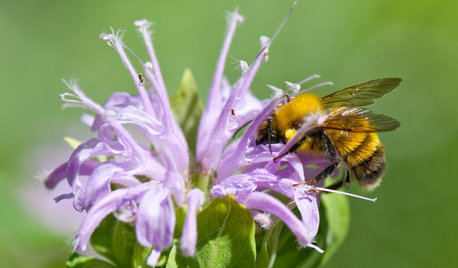
GARDENING GUIDESSupport Bumblebees by Providing Forage in 3 Seasons
Bumblebees are fascinating and fun to observe foraging in gardens. Find out how to create a buffet for these fuzzy, charismatic bees
Full Story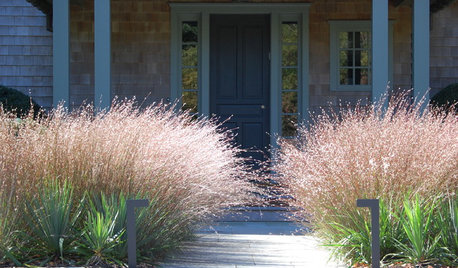
GARDENING GUIDESHow to Create Beauty in Your Garden With Ornamental Grasses
Find out how to cut back and divide ornamental grasses for garden style, structure and romance from season to season
Full Story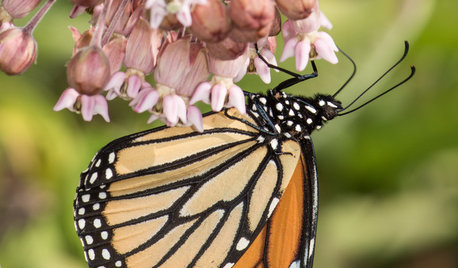
FLOWERS AND PLANTSHelp Monarchs and Other Butterflies by Planting Common Milkweed
Summer-blooming Asclepias syriaca is an important larval host plant for the monarch butterfly and attracts a number of pollinating insects
Full Story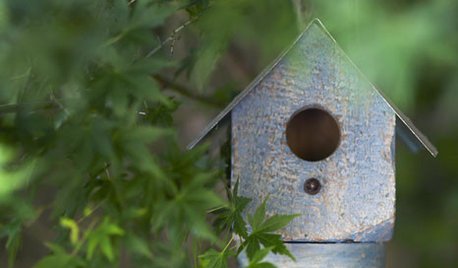
GARDENING AND LANDSCAPINGBe a Citizen Scientist to Help Wildlife, Learn and Have Fun Too
Track butterflies, study birds, capture stars ... when you aid monitoring efforts, you’re lending Mother Nature a hand
Full Story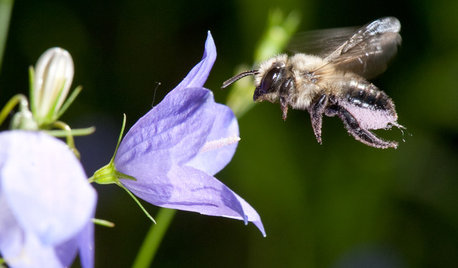
GARDENING GUIDESPut Out the Welcome Mat for Leafcutter Bees in Your Garden
Provide a diversity of flowering plants from spring through fall for these charismatic native bees, and you won’t be disappointed
Full Story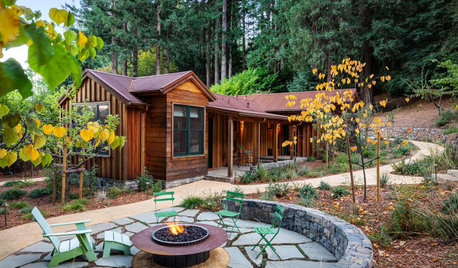
FALL GARDENING7 Reasons Not to Clean Up Your Fall Garden
Before you pluck and rake, consider wildlife, the health of your plants and your own right to relax
Full Story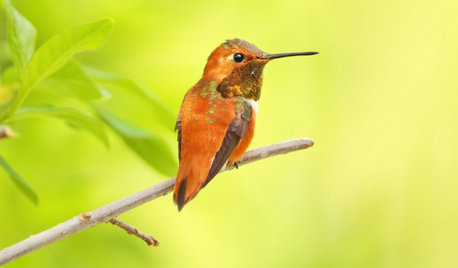
GARDENING GUIDESBackyard Birds: Invite Entertaining Hummingbirds Into Your Garden
Hummingbirds — unique to the Americas — zip through open landscapes seasonally or year-round. Here’s how to attract them
Full Story
REMODELING GUIDES11 Reasons to Love Wall-to-Wall Carpeting Again
Is it time to kick the hard stuff? Your feet, wallet and downstairs neighbors may be nodding
Full Story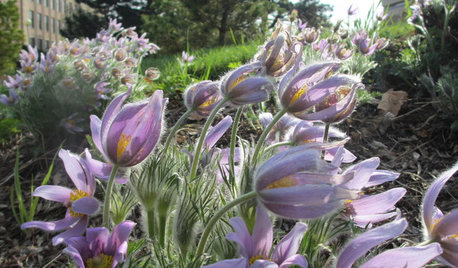
GARDENING GUIDES6 Plants That Beat Butterfly Bush for the Wildlife Draw
It's invasive, a nonnative and a poor insect magnet. Check out these better alternatives to butterfly bush in the garden
Full Story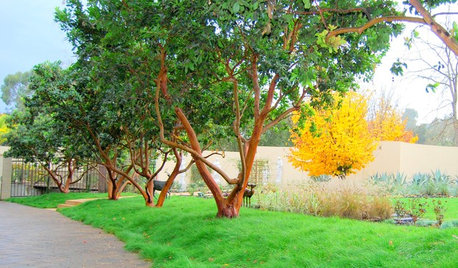
GARDENING GUIDESGarden Myths to Debunk as You Dig This Fall and Rest Over Winter
Termites hate wood mulch, don’t amend soil for trees, avoid gravel in planters — and more nuggets of garden wisdom
Full Story


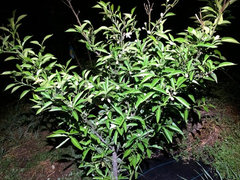
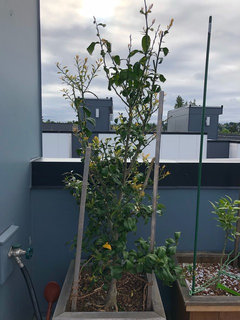

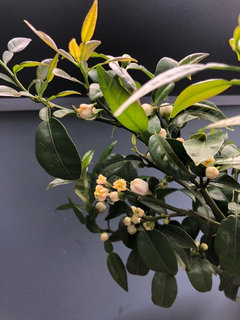
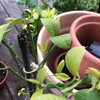
socalnolympia